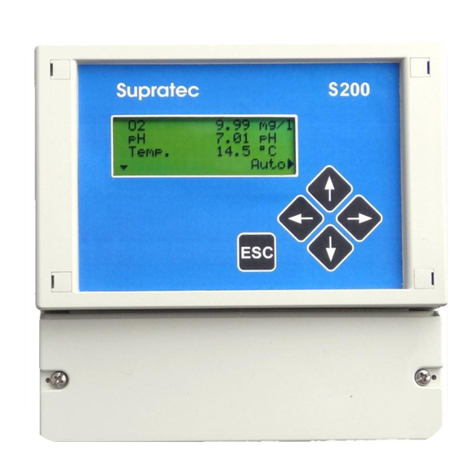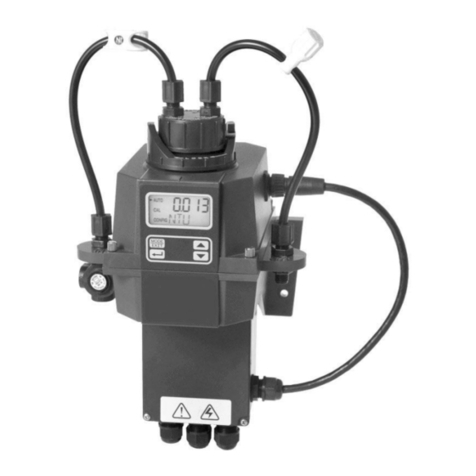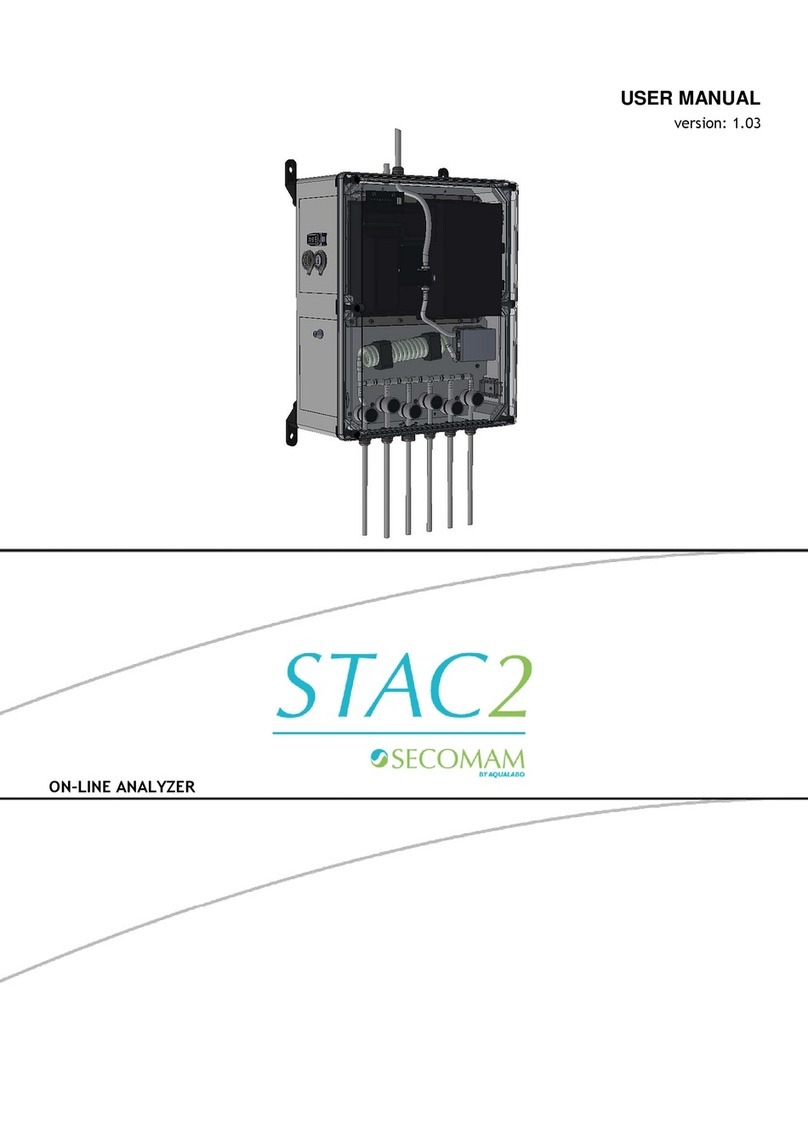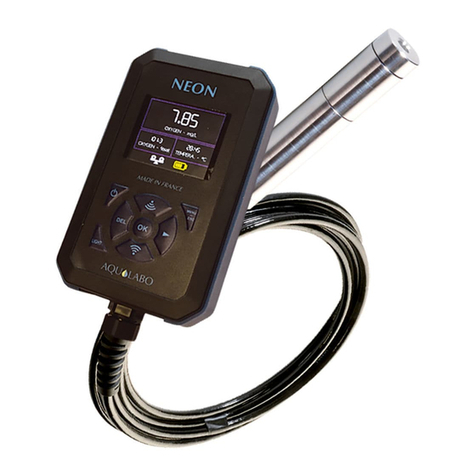
Contents TOXmini
Contents
Symbol Key........................................................................................... 4
Safety Instructions ................................................................................ 5
1. Overview ..........................................................................................................7
2. Instrument Set-Up...........................................................................................12
2.1. Control Panel ..........................................................................................13
2.2 Measuring Chamber................................................................................14
2.3 Connections ...........................................................................................15
2.4 Battery Compartment..............................................................................16
2.5 Power Supply..........................................................................................17
2.6 Software..................................................................................................17
3Getting started.................................................................................................18
4Software Set-up and Operation.......................................................................20
4.1 Set-up......................................................................................................20
4.2 Operation ................................................................................................21
4.2.1 Display mode..................................................................................21
4.2.2 Input field........................................................................................21
4.2.3 Selection Fields (Text)....................................................................22
4.2.4 Option Fields...................................................................................23
4.2.5 The Keys.........................................................................................24
5Setting the Parameter......................................................................................25
5.1 Password.................................................................................................26
5.2 User Input (Measurement Parameters) ...................................................27
5.3 Date/Time ...............................................................................................30
5.4 Language.................................................................................................31
5.5 The RS232 Port.......................................................................................32
5.6 The LCD Display....................................................................................34
6Measuring.......................................................................................................35
6.1 Possible Adjustments to the Start Display..............................................35
6.2 Measurement Procedure.........................................................................36
7Processing the Results ....................................................................................38
7.1 Readouts on the Display .........................................................................39
7.2 Transferring Data to a PC.......................................................................40
7.4 Deleting Results......................................................................................42
8Maintenance....................................................................................................44
9Trouble Shooting ............................................................................................45
10 Technical Data............................................................................................46


































